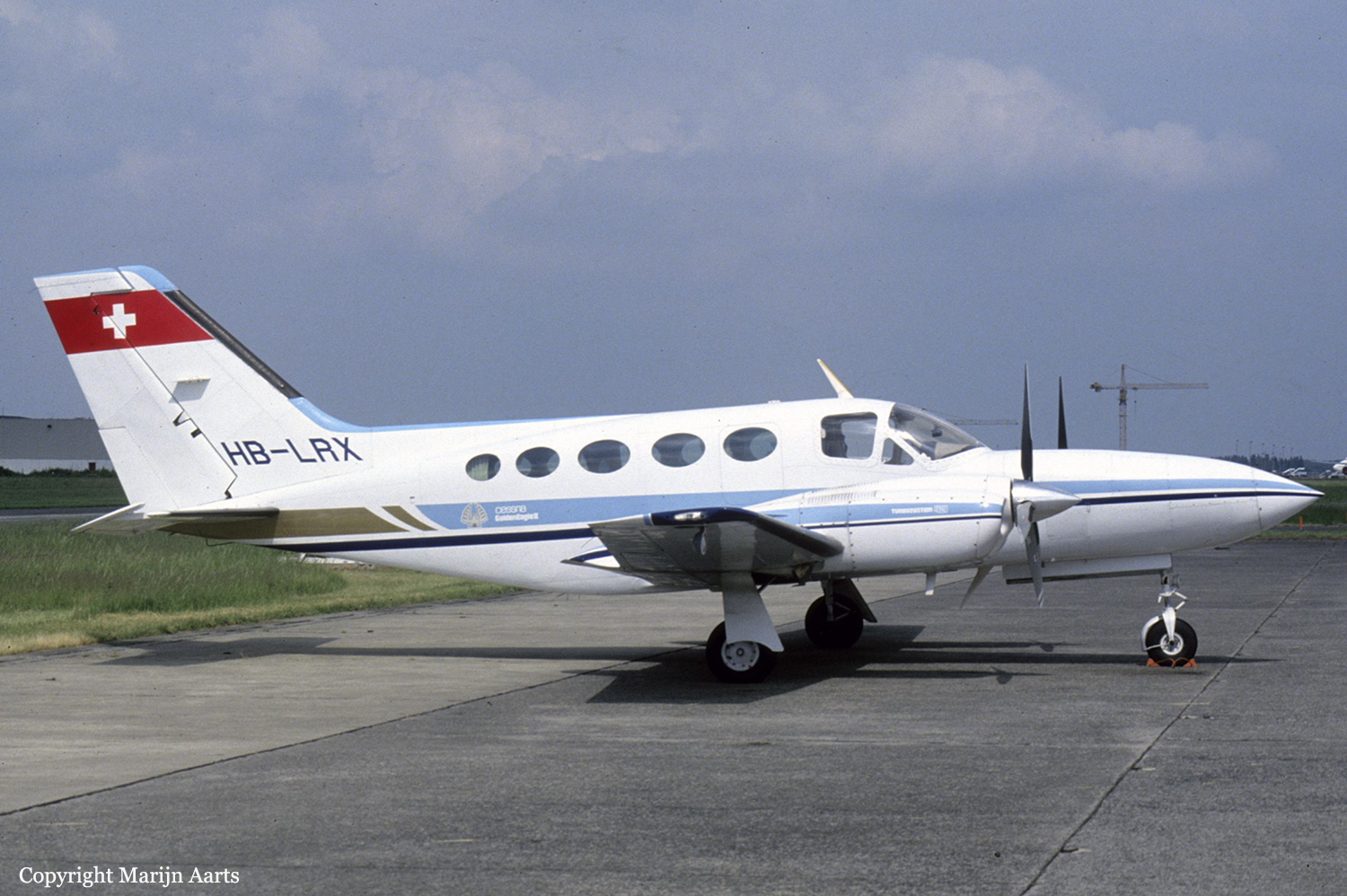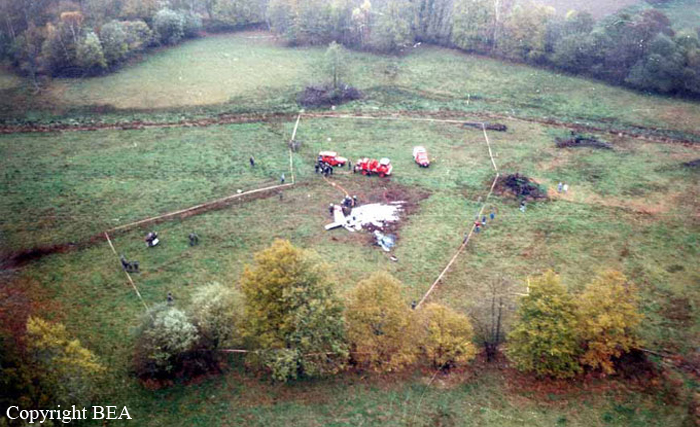Crash of a Cessna 421C Golden Eagle III in Bursa: 3 killed
Date & Time:
Feb 16, 1998
Registration:
TC-BAS
Survivors:
No
Schedule:
Istanbul - Bursa
MSN:
421C-0331
YOM:
1977
Crew on board:
2
Crew fatalities:
Pax on board:
1
Pax fatalities:
Other fatalities:
Total fatalities:
3
Circumstances:
While descending to Bursa Airport by night, the twin engine aircraft struck the slope of a mountain and was destroyed upon impact. All three occupants were killed.








